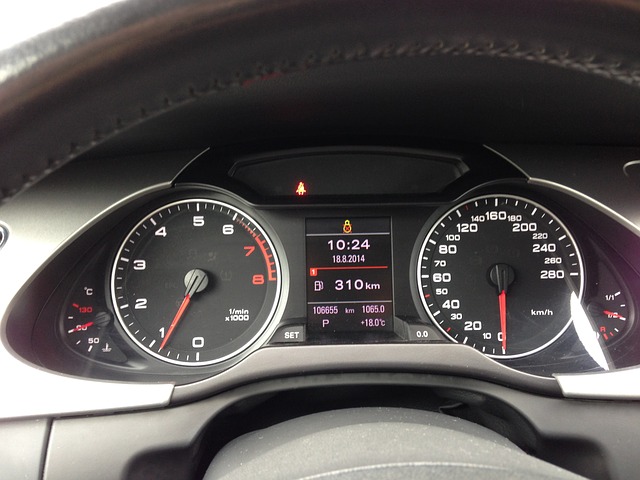Standard Mileage Versus Actual Expenses

Basics
Two methods can be used, the standard mileage method and the actual expense method for business use of car. If the car is used for both business and personal use, only the cost of the business use can be deducted. Not every business qualifies for the standard mileage deduction and, therefore, it is advisable to check with a tax professional before deciding for a deduction method. Generally, standard mileage can only be used for self-employed owners, but not for Corporations who must deduct vehicles it owns based on actual operating expenses, limited by the business-use percentage of the vehicle. A single-member LLC filing Schedule C with Form 1040 tax return is also considered a self-employed owner and qualifies for standard mileage. Also, other qualifying factors must be met under IRS rules imposing additional restrictions on standard mileage.
Which method to choose
Either method can be chosen in the first year the car is placed in service for business. The standard mileage method can be switched to actual expense method in later years. However, if the actual expense method is chosen in the first year it cannot be changed into standard mileage later on and must be used for entire life until the car is replaced. If more than one car is used in the business, different methods can be applied for each. It is advisable to figure the deduction with both methods initially to see which gives the larger deduction. The simplest method is to use the standard mileage deduction by multiplying the business miles driven by the IRS standard mileage rate. For tax year 2016, this is $0.54 per mile.
Tips on avoiding common mistakes
You can only choose one method not both and you need to apply this method consistently. If opting for standard mileage over actual car expenses you can’t deduct maintenance and repairs, gasoline, oil, insurance, auto loan, car wash, registration and yearly depreciation. The standard mileage rate is including all these items. The only additional deductions with standard mileage are interest on auto loan, property tax fees, parking and tolls, as long as they are business expenses.
Both methods require you to record business miles and total miles driven for the year. The odometer reading at beginning and end of year is needed to figure the ratio of business miles to total miles and needs to be available for year-end tax filing. For the standard mileage keep a detailed mileage log. For the actual expense method you need to keep all receipts and invoices for the car operating expenses for the year. IRS publication 463 goes into details on the business use of car and becoming familiar with the rules is advisable for proper recording of either method.
For the actual expense method you need to keep all receipts. For standard mileage keep a detailed mileage log for all business trips. A common misconception: Home to office is commuting and is not classified as business miles versus home office to client is classified as business miles. For both methods you need to record business and total miles for the year, obtaining odometer readings at the beginning and end of year. This is needed to figure the ratio of business miles to total miles and determines your business use of car percentage for tax time deduction.
